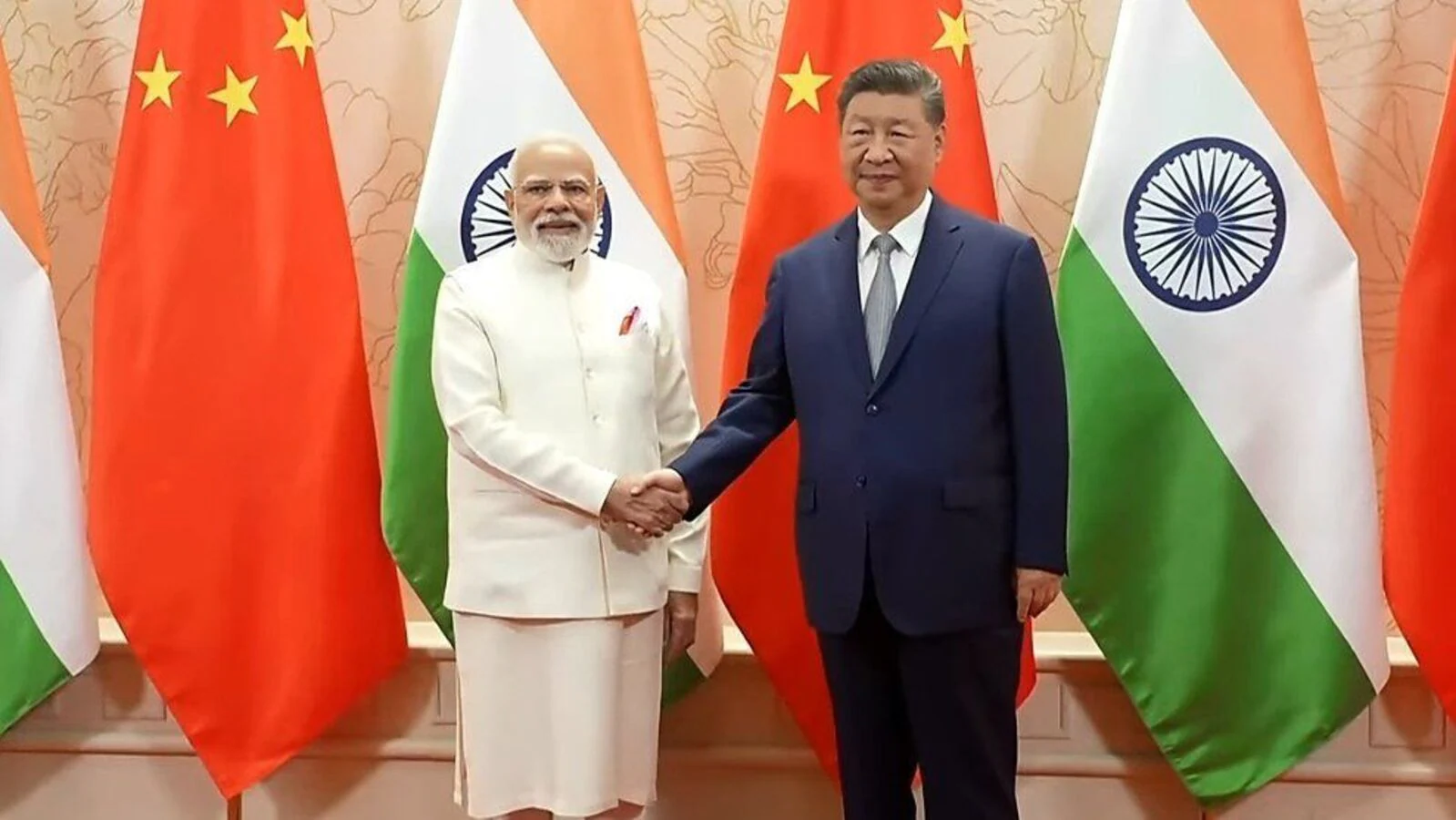Chinese President Xi Jinping and Indian Prime Minister Narendra Modi held their first face-to-face meeting in seven years, marking a significant milestone in efforts to stabilize relations between the two Asian giants.
Meeting on the sidelines of a regional summit in Tianjin, Xi emphasized that the “right choice” for both nations was to be friends and partners, highlighting the importance of China and India represented by the dragon and elephant working together. Modi echoed this sentiment, expressing India’s commitment to advancing ties based on “mutual trust and respect.”
China And India Strengthen Ties Amid US Tariffs And Ukraine War Pressures
Both leaders’ rapprochement comes at a time when Beijing and New Delhi face heightened tensions with Washington. The Trump administration has imposed steep tariffs on both China and India, while also criticizing their purchase of Russian oil amid the ongoing war in Ukraine.
For China, strengthening ties with India offers a counterbalance to US-led pressure, while for India, the tariffs have raised questions about the stability of its long-cultivated strategic relationship with Washington.
The backdrop to the talks was the Shanghai Cooperation Organization (SCO) summit, attended by leaders including Vladimir Putin. The war in Ukraine loomed heavily over the gathering, with Western leaders pressuring Russia and its partners to distance themselves from Moscow.
India has maintained a neutral stance, engaging with both Putin and Ukrainian President Volodymyr Zelensky in recent days. The SCO summit highlighted how regional alignments are shifting, with China and India positioning themselves as advocates for a “multipolar” world order.
From Border Clashes To Cautious Cooperation, Xi And Modi Seek Fragile Stability
The Tianjin meeting builds on a gradual thaw in relations since late 2023. Xi and Modi previously met on the sidelines of the BRICS summit, where they agreed on steps toward military disengagement along their disputed Himalayan border.
Since then, both sides have taken symbolic steps toward normalization: restarting direct flights, reopening Tibetan pilgrimage sites to Indian citizens, and resuming tourist visas. A recent visit by China’s top diplomat to New Delhi resulted in a “ten points of consensus” aimed at reducing tensions further.
Despite the positive tone, deep mistrust remains. Relations sharply deteriorated in 2020 after a deadly clash along the Line of Actual Control (LAC) that killed 20 Indian and four Chinese soldiers. The 2,100-mile de facto border remains undefined, with both nations maintaining heavy troop deployments.
The legacy of the 1962 war and recurring skirmishes continues to cast a shadow over bilateral ties, making it difficult to achieve lasting trust despite recent diplomatic progress.
Both Xi and Modi appear eager to project a willingness to move toward a cooperative relationship, stressing that “differences should not turn into disputes.” Their shared interest in reducing dependence on the US and shaping a multipolar world order provides common ground.
However, the durability of this rapprochement will depend on whether they can manage long-standing border disputes and competing geopolitical ambitions. For now, their meeting signals cautious optimism, but underlying rivalries suggest that the path forward will be complex.

Leave a Reply